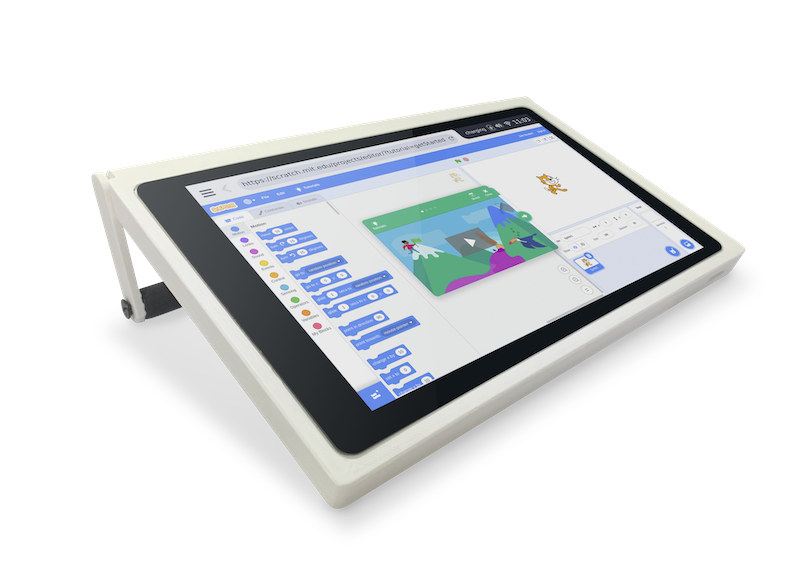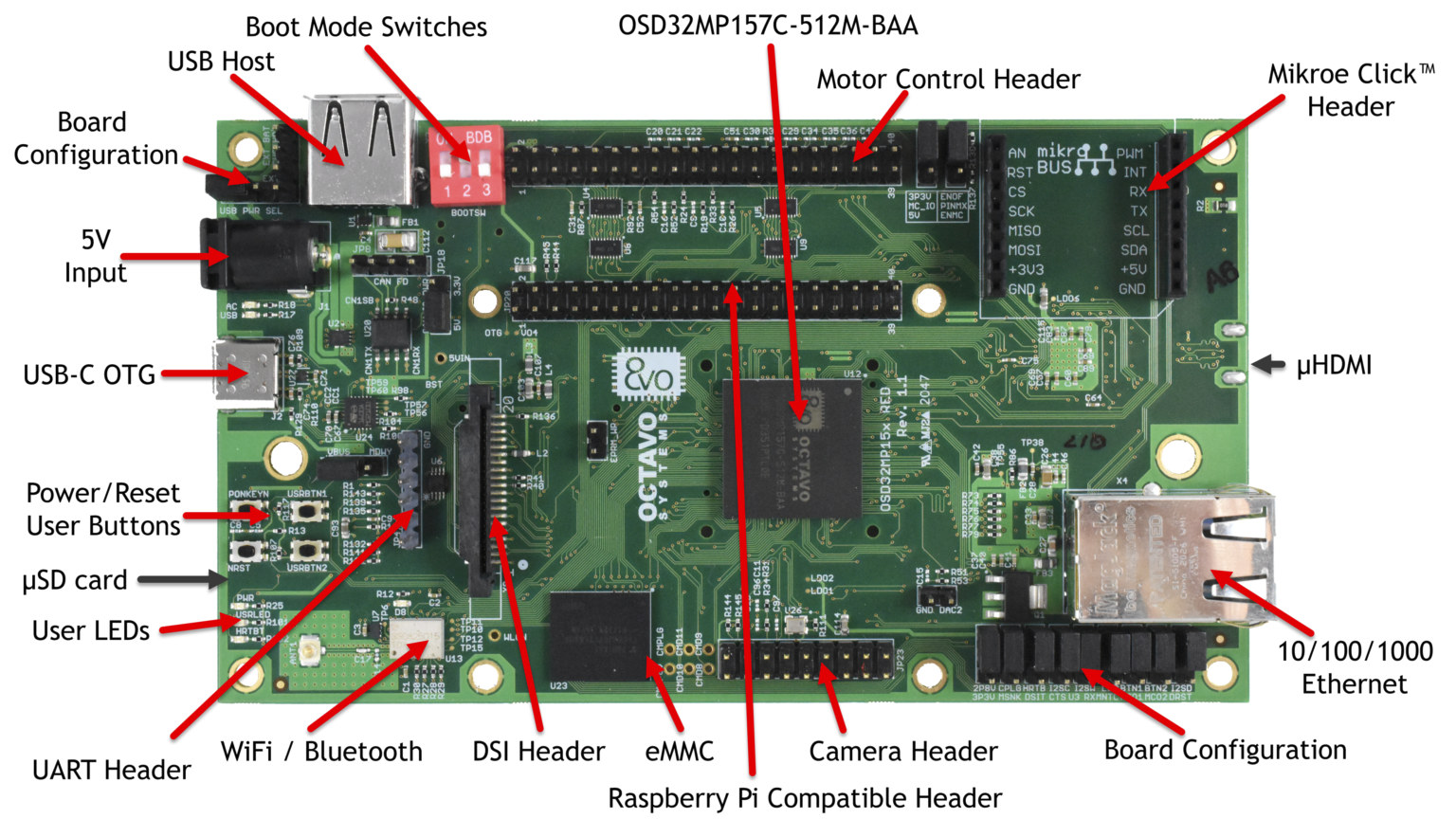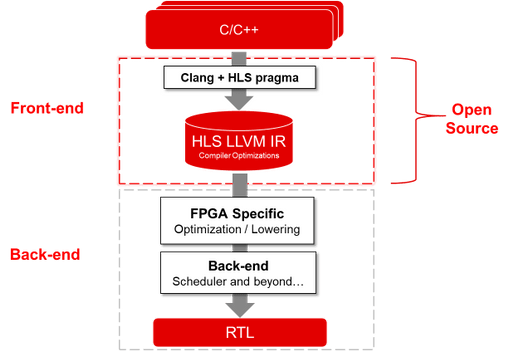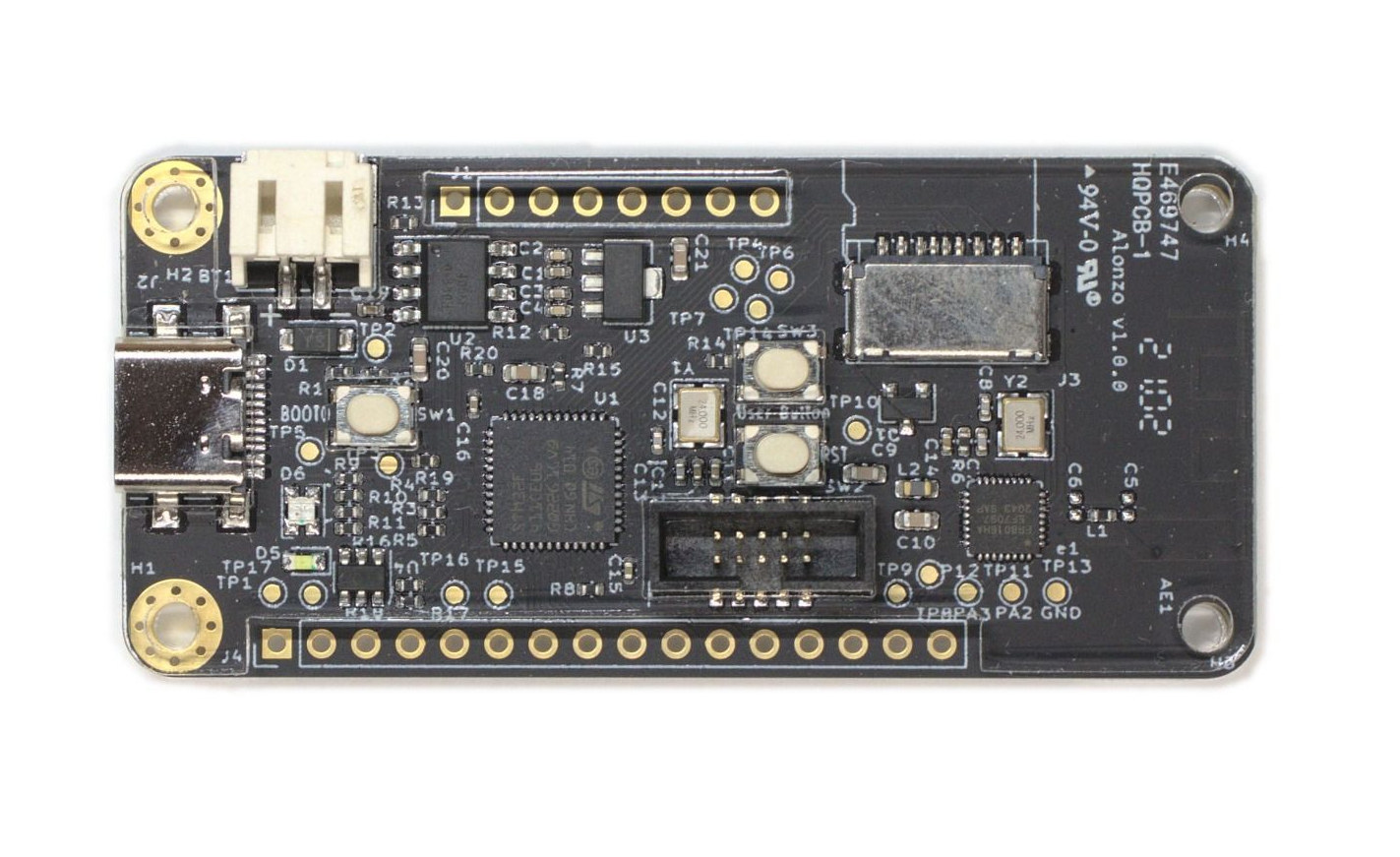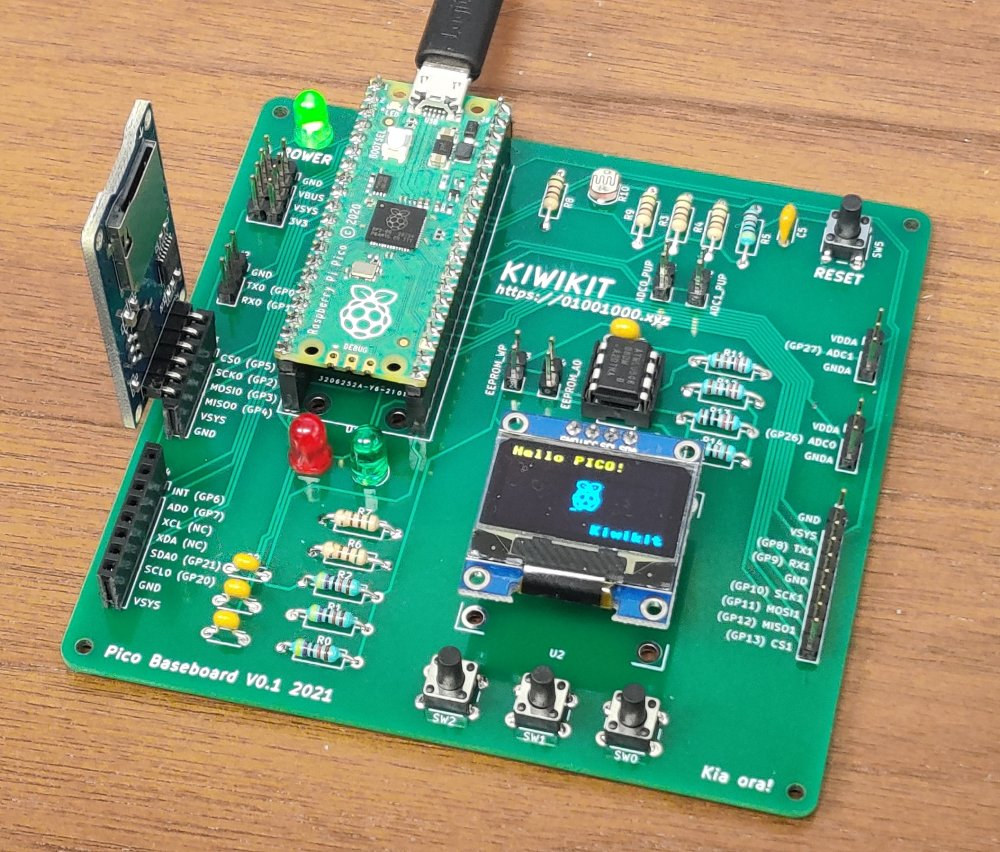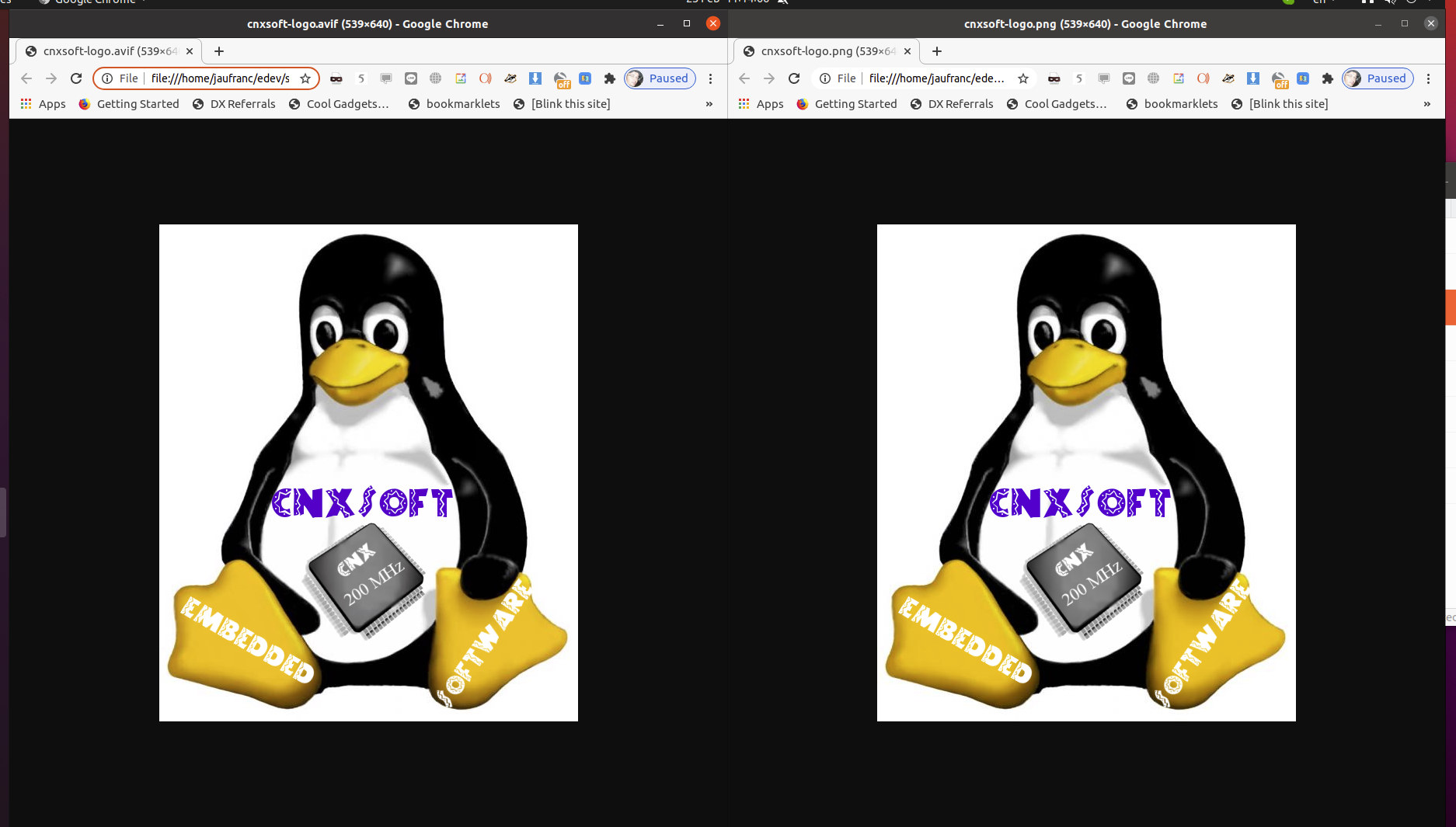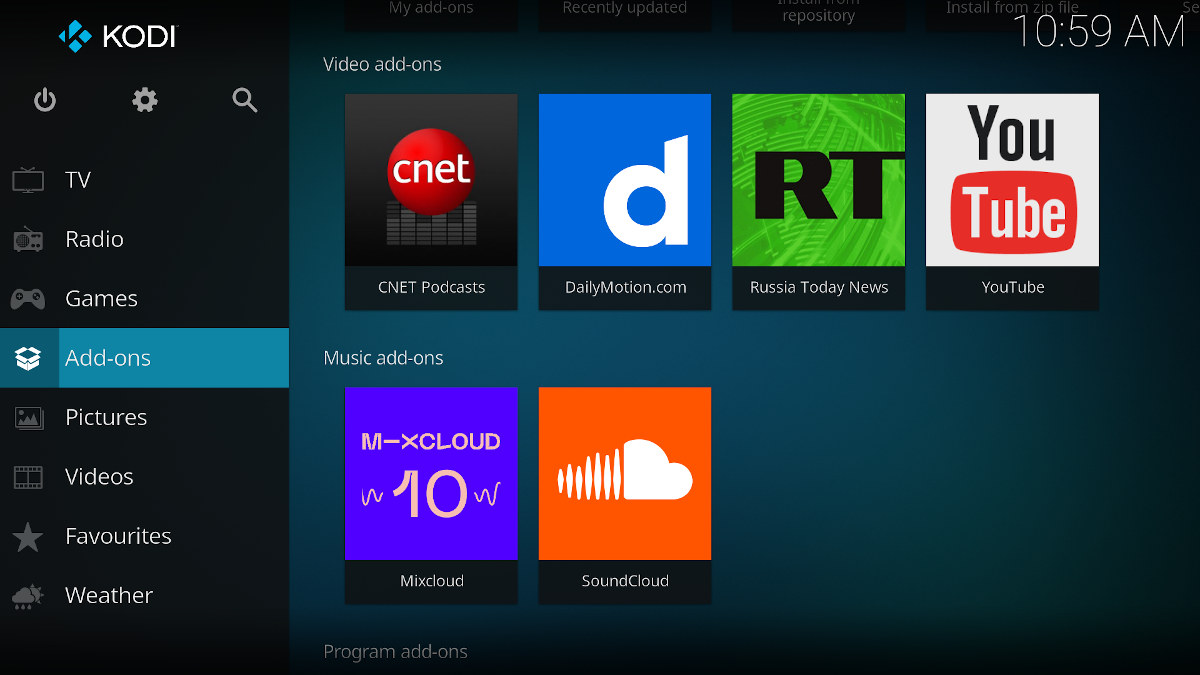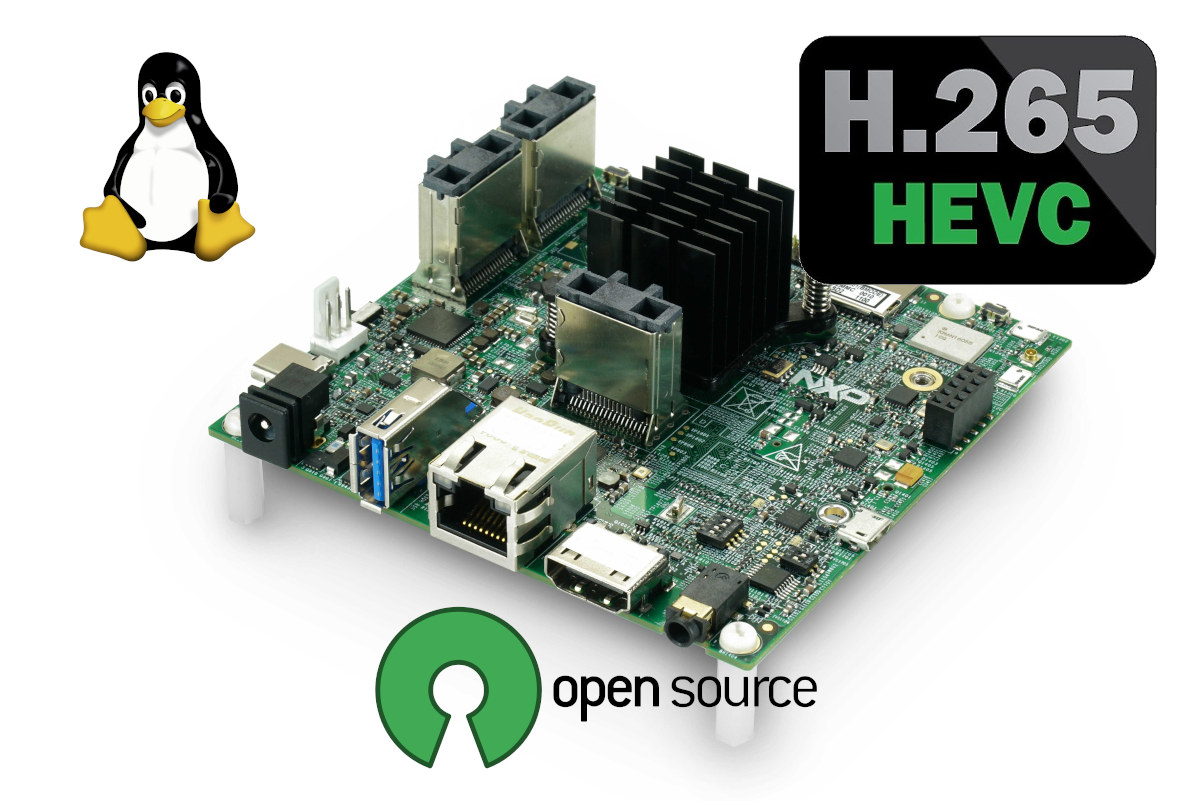CutiePi tablet was launched on Kickstarter last year with a Raspberry Pi Compute Module 3+ Lite, an open-source hardware carrier board, and an 8-inch multi-touch display with 1280×800 resolution. Shipping to backers is about to start, but the company has already started working on a new version of the CutiePi Tablet with the Raspberry Pi CM4 module released last October. This will enable greater performance and more memory with the tablet shipping with a 2GB RAM CM4 module by default. CutiePi CM4 tablet preliminary specifications: SoM – Raspberry Pi Compute Module 4 Lite with Broadcom BCM2711 quad-core Cortex-A72 processor @ 1.5 GHz, 2GB RAM Storage – MicroSD card slot Display – 8-inch 5-point multi-touch IPS LCD with 1280×800 resolution Video Output – Micro HDMI Audio – 2W 8Ohm speaker, audio amplifier, built-in microphone Camera – 5MP front-facing camera (OV5647) Connectivity – Dual-band 802.11 b/g/n/ac WiFi 5 and Bluetooth 5.0 USB […]
OSD32MP1-RED full-featured STM32MP1 development board launched for $265
OSD32MP1-RED development board was first announced last year together with another board based on Octavo Systems OSD32MP1 System-in-Package (SiP). The chip packs an STMicro STM32MP1 Cortex-A7/M4 processor, up to 1GB DDR3L memory, 4KB EEPROM, a PMIC, two low-power MEMS oscillators, over 100 passive components into a single 18x18mm 302 Ball BGA package. The company has now just announced the availability of the OSD32MP1-RED development platform on DigiKey, Arrow, and Mouser for around $265 and up. There have been a few modifications to the design with, for instance, the USB header replaced by a USB Type-A connector, but the most notable difference is that OSD32MP1-RED is now using a green PCB instead of the red one showed during the first announcement… OSD32MP1-RED specifications: SiP – Octavo Systems OSD32MP157C-512M-BAA with STM32MP157C SoC with dual-core Arm Cortex-A7, Cortex-M4 real-time core, plus 512MB DDR3 memory, STPMIC1A power management chip, EEPROM, oscillator, and passive components […]
Xilinx open sources Vitis HLS FPGA tool (Front-end only)
While there are some open-source programs for FPGA development such as Symbiflow or Yosys, FPGA vendors usually only provide closed-source programs for developers wanting to work on their chips. But Xilinx has recently made a move to fulfill its “commitment to supporting open-source initiatives for developers and researchers” with the release of the source code of Vitis HLS Front-End. What is Vitis HLS exactly? Before we look at the source code release, we may want to know what Vitis HLS does exactly. The company describes it as a high-level synthesis (HLS) tool that allows C, C++, and OpenCL functions to become hardwired onto the device logic fabric and RAM/DSP blocks. It implements hardware kernels in the Vitis application acceleration development flow, and to use C/C++ code for developing RTL IP for FPGA designs in the company’s Vivado Design Suite. Vitis HLS design flow goes as follows: Compile, simulate, and debug […]
Use Scheme functional programming language with LambdaChip Alonzo STM32 board
Most MCU-based embedded systems come with firmware programmed with assembler, C, and/or C++. But as referenced in a paper published in 2000 entitled ” Point of view: Lisp as an alternative to Java“, functional programming languages like Lisp or Scheme may lead to shorter development times compared to C/C++ or Java. That’s with this idea in mind that LambdaChip was created. It is a lightweight, open-source virtual machine designed to run on embedded systems with limited resources, for instance, an 80MHz microcontroller with 50KB RAM, and programmable with Scheme multi-paradigm programming language, a dialect of Lisp widely used for functional programming research and teaching. The company behind the project, also called LambdaChip, has just created its own hardware with LambdaChip Alonzo, an STM32 Cortex-M4 development board with 512KB flash, 128KB RAM, and that also comes with Bluetooth LE connectivity. LambdaChip Alonzo board specifications: MCU – STMicro STM32F411CEU6 Arm Cortex-M4 MCU […]
Kiwikit Raspberry Pi Pico baseboard takes off-the-shelf modules
While it’s possible to use Raspberry Pi Pico with a breadboard or Veroboard, we’ve seen the benefits of inserting the board into a baseboard such as Maker Pi Pico providing LEDs, a MicroSD card, audio output, and the ability to add ESP-01 WiFi module or well as up to two Grove expansion modules. Hammond Pearce decided to design his own Raspberry Pi Pico baseboard with Kiwikit board supporting some of the off-the-shelf modules and interfaces he commonly uses. Kiwikit key features and specifications Supported module – Raspberry Pi Pico Storage – 8-pin header for AT24C08 EEPROM up to 1KB Display – Connector for I2C SSD1306 OLED display On-board sensor – LDR (light-dependent resistor aka photoresistor) connected over analog input I/Os SPI header working for instance, with SD card modules as shown in the photo above. I2C header compatible with MP-6050 accelerometer/gyroscope modules Header with 2x ADCs with optional pull-ups that […]
Encoding and decoding AVIF pictures with open-source software & libraries
One of the new features of Android 12 is support for the AVIF file format that provides much smaller files at the same level of quality. Jake Archibald has done a great job comparing AVIF format to JPEG, WebP, and other still picture formats, and the results are really impressive. Besides Android 12, AVIF is already supported in Chrome browser, will be enabled by default in Firefox 86, but here’s we’ll look at some of the open-source programs and libraries that allow you to manipulate AVIF pictures. With libavif library, AOMedia has published a reference implementation in C, together with avifenc and avifdec tools, that rely on various codecs, but it appears rav1e is recommended for encoding AVIF picture, while dav1d is the best choice for AVIF decoding. libavif will not automatically build the codec, and they need to be enabled in CMakeLists.txt
|
1 2 3 4 5 |
option(AVIF_CODEC_AOM "Use the AOM codec for encoding/decoding (see AVIF_CODEC_AOM_DECODE/AVIF_CODEC_AOM_ENCODE)" OFF) option(AVIF_CODEC_DAV1D "Use the dav1d codec for decoding" ON) option(AVIF_CODEC_LIBGAV1 "Use the libgav1 codec for decoding" OFF) option(AVIF_CODEC_RAV1E "Use the rav1e codec for encoding" ON) option(AVIF_CODEC_SVT "Use the SVT-AV1 codec for encoding" OFF) |
as well as define the path […]
Kodi 19 “Matrix” released with AV1, HDR, tvOS support
Kodi is an open-source media center that was initially designed for the XBOX game console, but was quickly ported to other platforms such as Windows and Linux, and eventually to low-cost Android TV boxes and single board computers such as Raspberry Pi. A new stable release of the software comes out every couple of years, and the developers have just announced the release of Kodi 19 “Matrix” a little over two years after Kodi 18 “Leia” release. The default user interface may look similar to the one for Kodi 18, but there have been many changes over the last two years with some of the highlights including: Skin/Look-and-Feel Screen redesign, especially for music with new metadata displays and changes to playlist views New “now playing” view Artwork and image file improvements Video Playback AV1 software decoding Windows 10 – HLG HDR and static HDR10 playback Android – Static HDR10 and […]
Open-source H.265/HEVC Hantro G2 decoder driver added to NXP i.MX 8M in Linux
Getting open-source multimedia drivers on Arm Linux is one of the most difficult tasks, that’s why there’s no much talk about open-source GPU drivers for 2D & 3D graphics acceleration, but work on video hardware decoding and encoding is also a challenge. We’ve previously seen Bootlin work on Cedrus open-source driver for Allwinner VPU (Video Processing Unit), but Collabora has been working on open-source drivers for VeriSilicon’s Hantro G1 and G2 VPU found in some Rockchip, NXP, and Microchip processors. The company previously managed to have Hantro G1 open-source driver for JPEG, MPEG-2, VP8, and H.264 codecs, but H.265/HEVC relies on Hantro G2, and the patch for H.265 hardware video decoding on NXP i.MX 8M Quad has just been submitted to mainline Linux. Benjamin Gaignard explains more in his commit message: The IMX8MQ got two VPUs but until now only G1 has been enabled This series aim to add the […]


